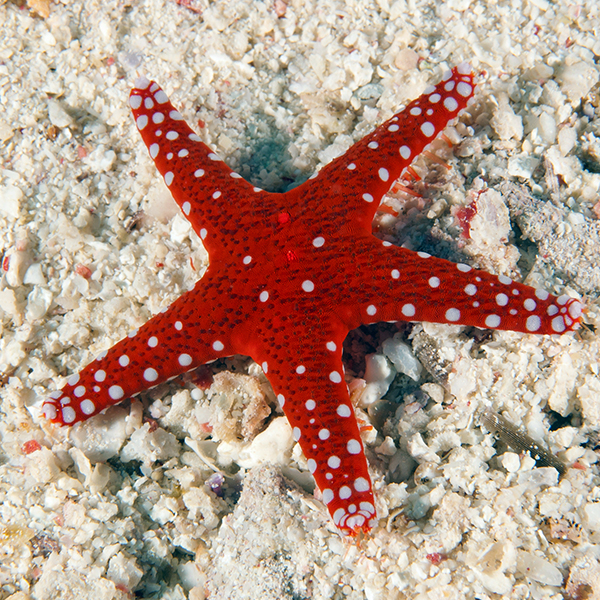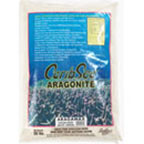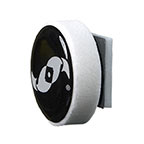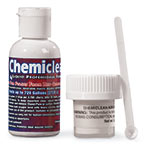
Additional locales and sizes may be available!
Additional locales and sizes may be available! Email me when availableQuick Stats
What do these Quick Stats mean? Click here for more information
What do these Quick Stats mean? Click here for more information
Overview
The Royal Tile Sea Star Fromia ghardaqana is a member of the Goniasteridae family and is at home in reef aquariums. With a characteristic five-armed formation, this marine invertebrate displays a delicate beauty of red with white dots. In nature, this Rea Sea specimen can be found in the coral reefs of the Red Sea. It is also known as the Ghardaqa Sea Star.
The Royal Tile Sea Star should be acclimated slowly into an established aquarium with live rock and a deep sand bed. It is not tolerant of sudden changes in water parameters and cannot tolerate copper-based medications. The drip acclimation method is highly recommended for all Sea Stars due to their intolerability to changes in water chemistry and should never be exposed to air while handling. Tankmates should not include aggressive fish or crabs.
Fromia ghardaqana plays a beneficial role as it will consume detritus, algae, and microscopic organisms from live rock and the substrate, helping to keep the aquarium clean. If natural foods are not available, its diet can be supplemented with zooplankton or algae-based foods.
Approximate Shipping Size: Varied









